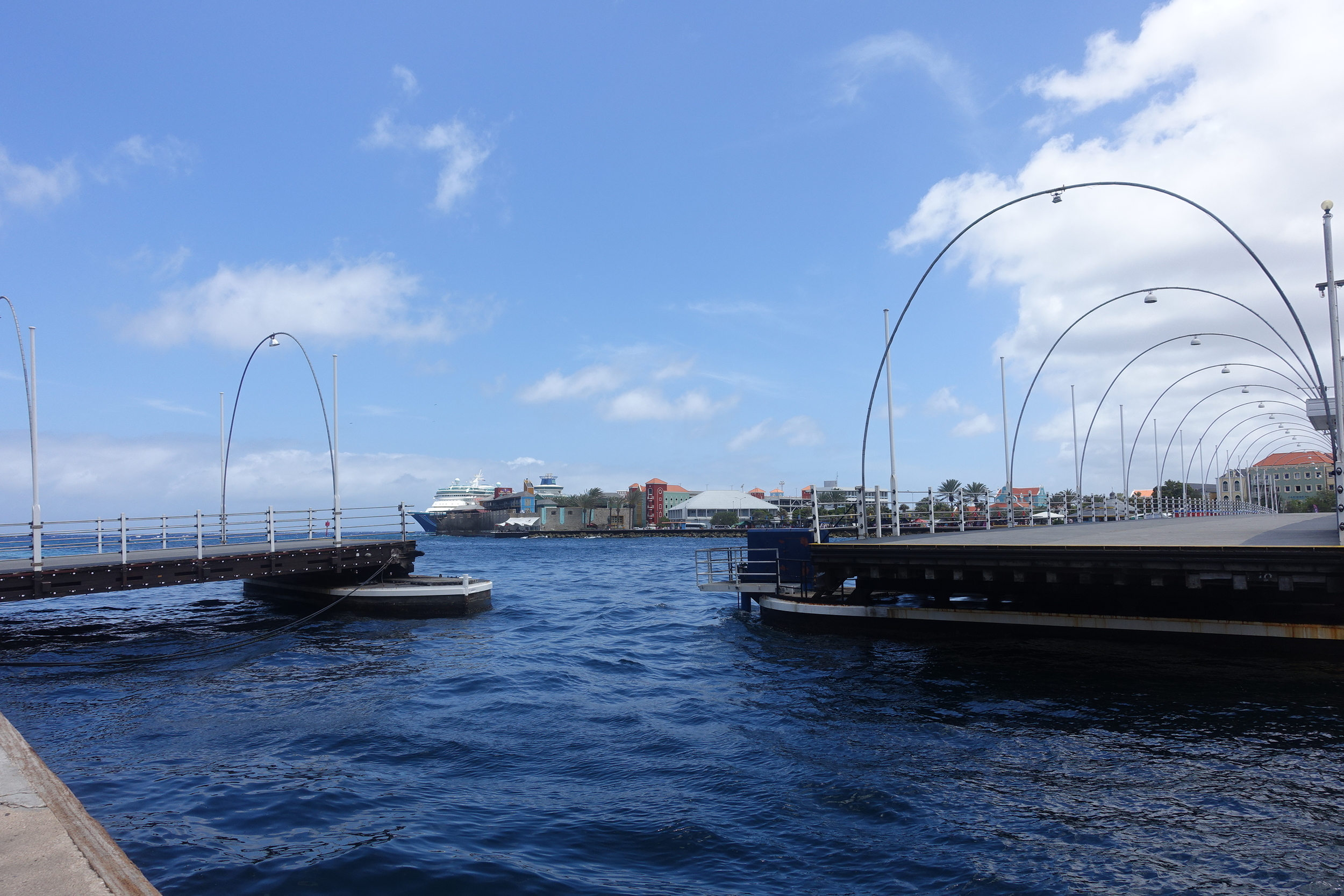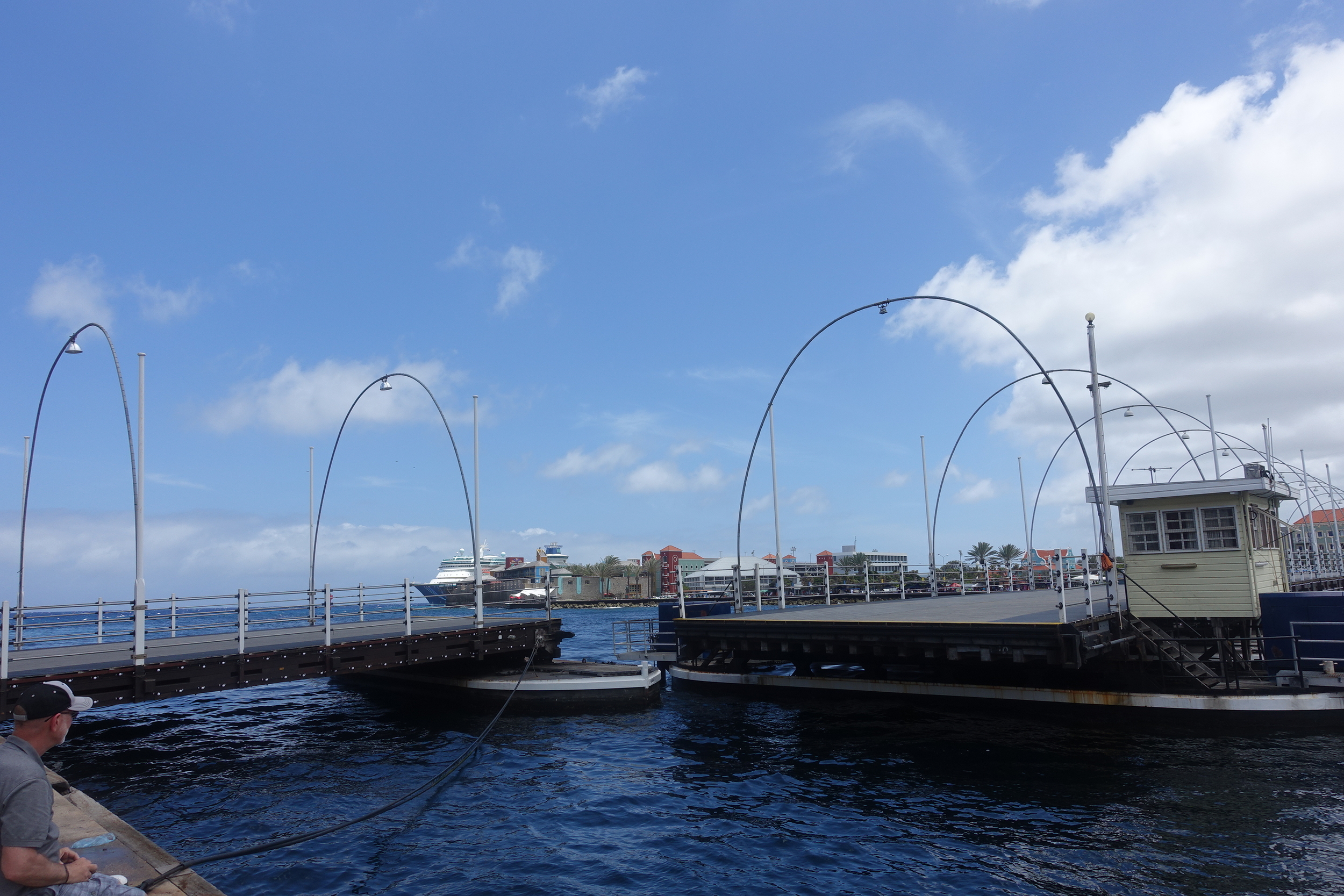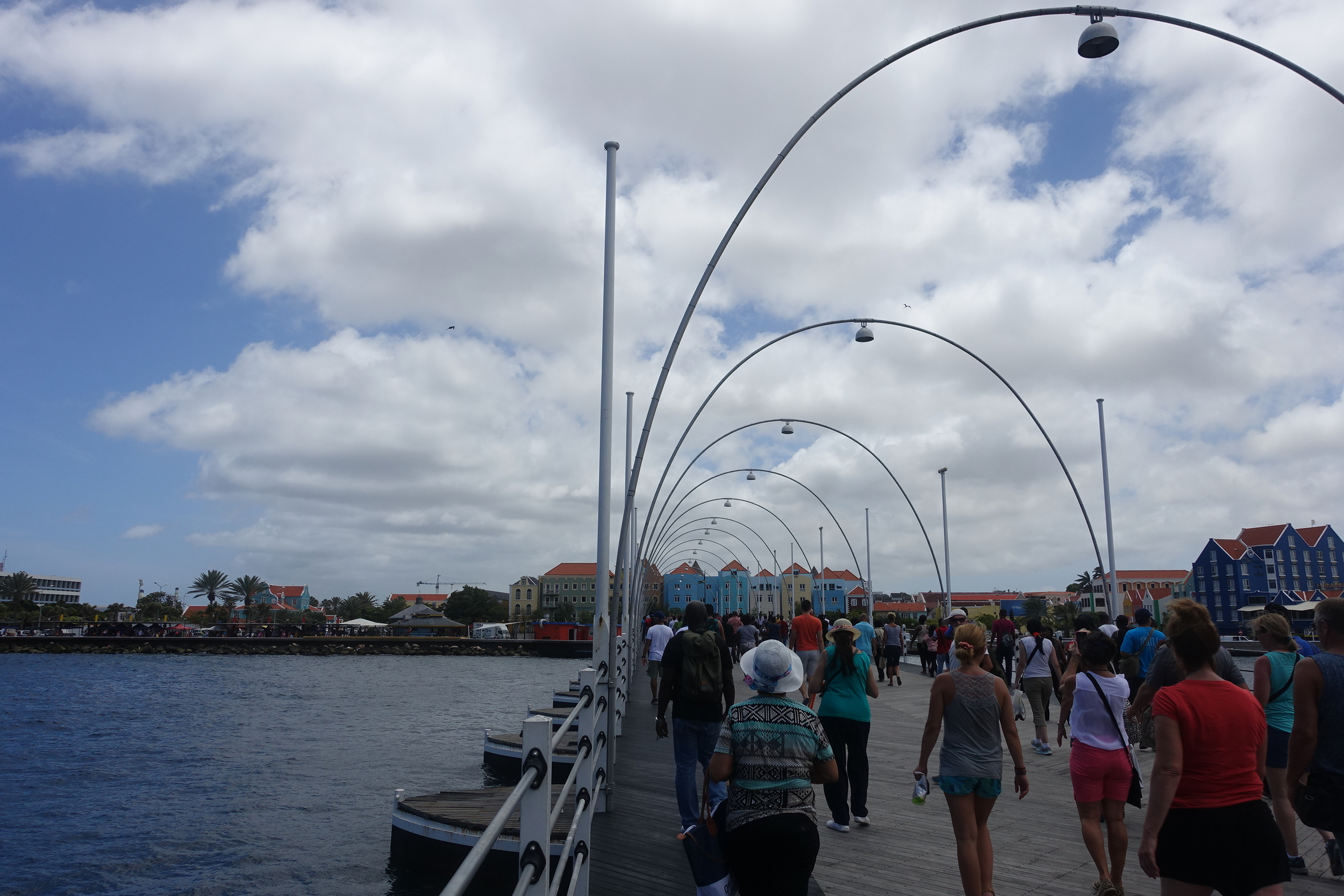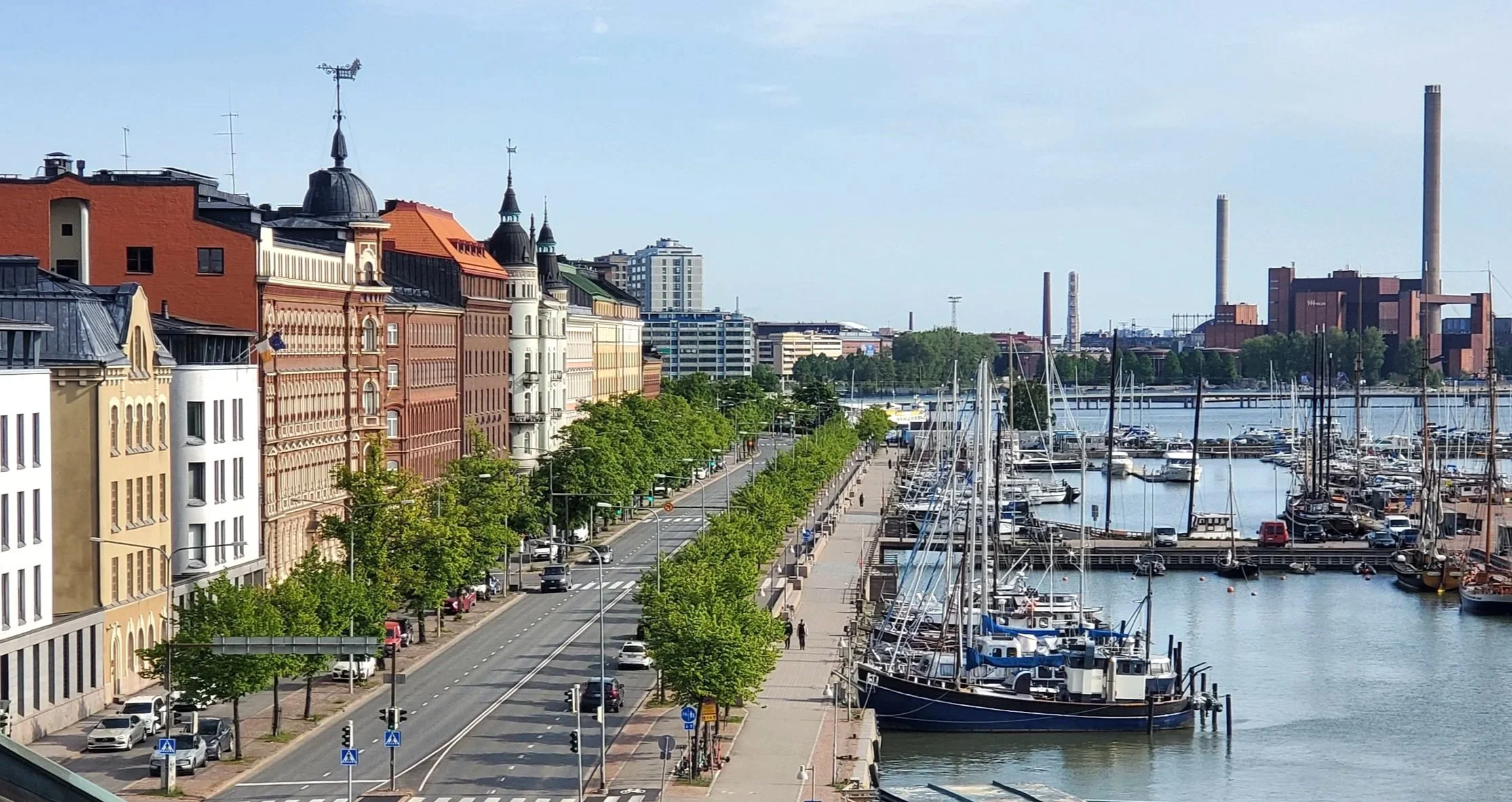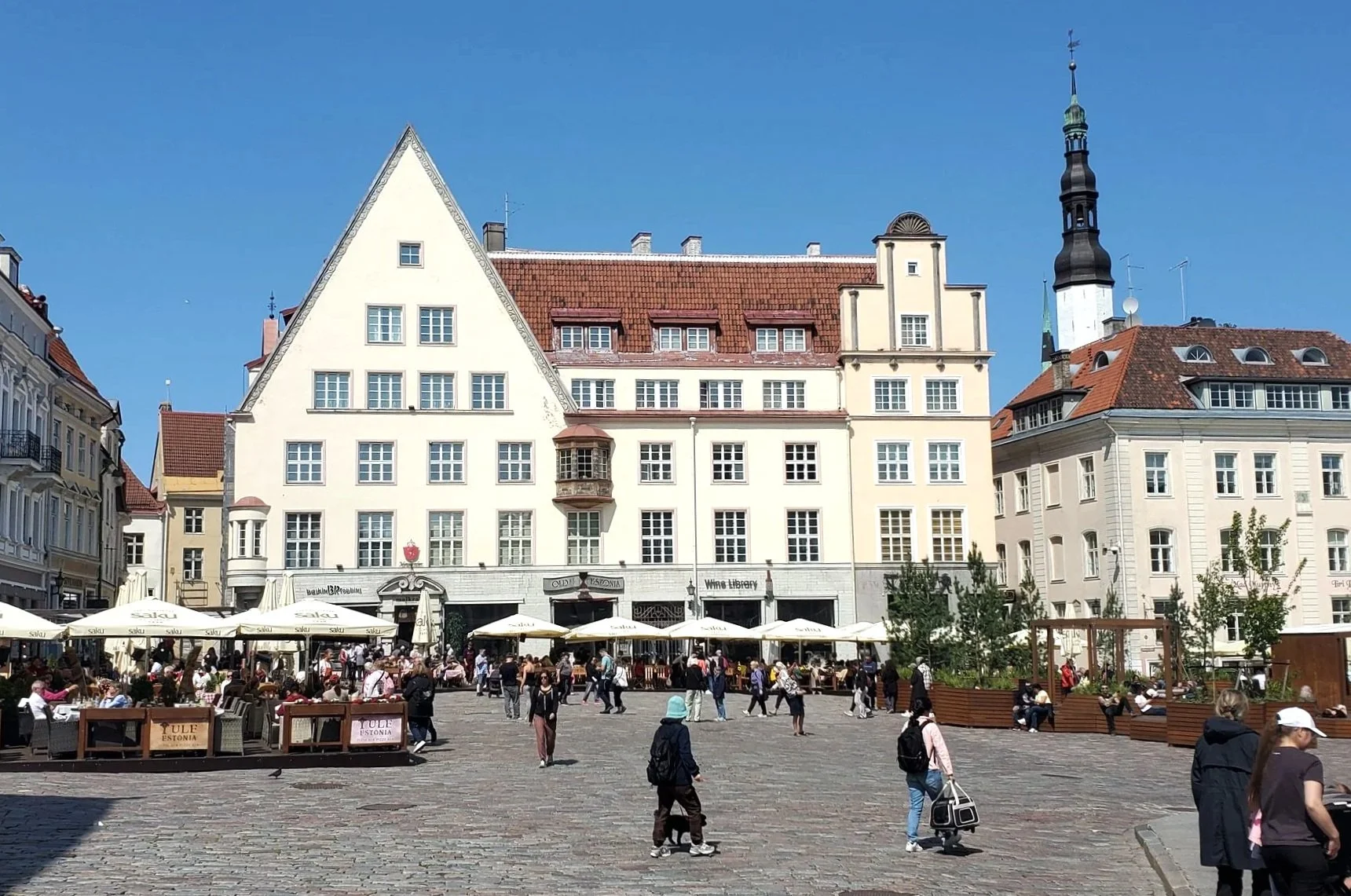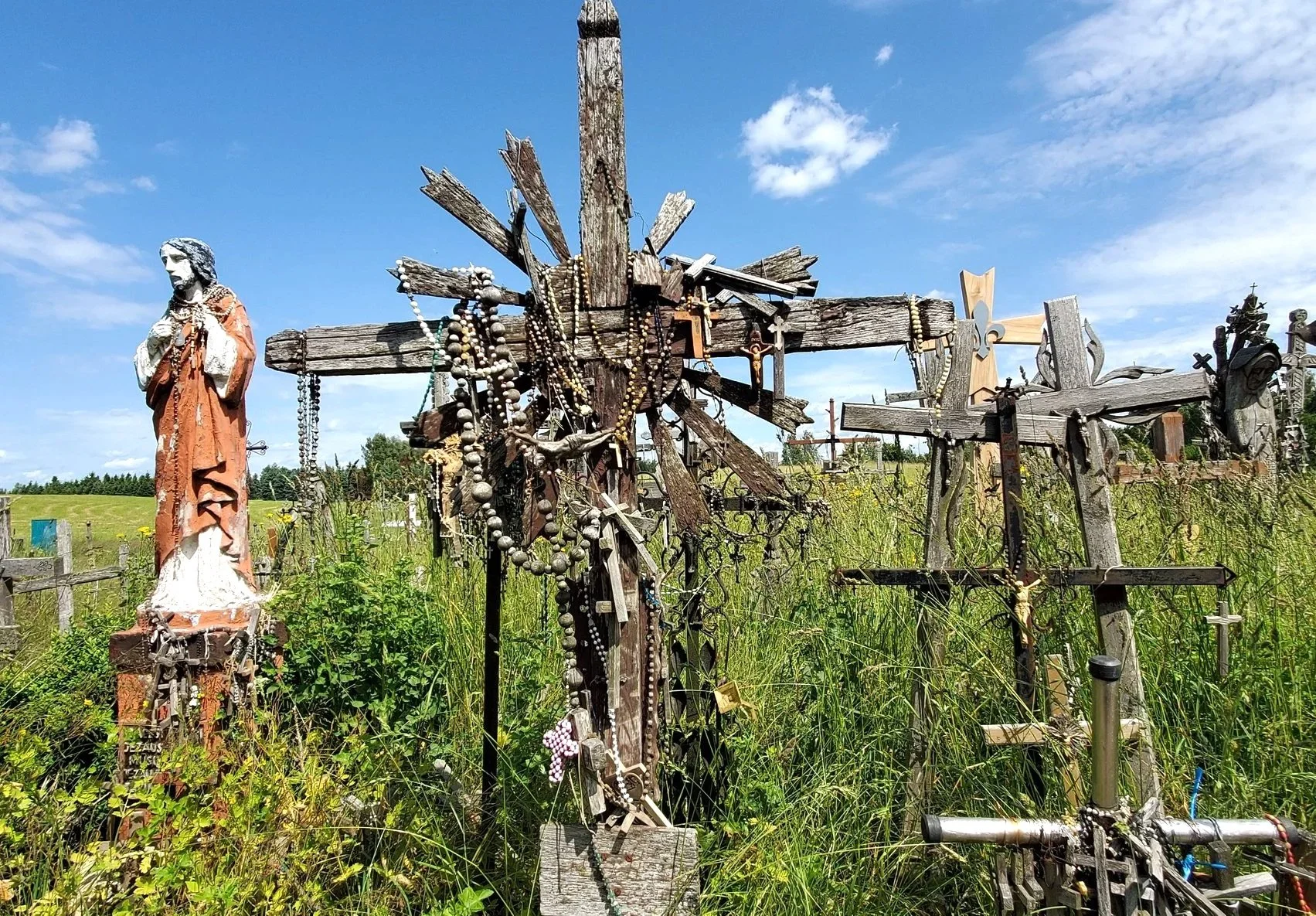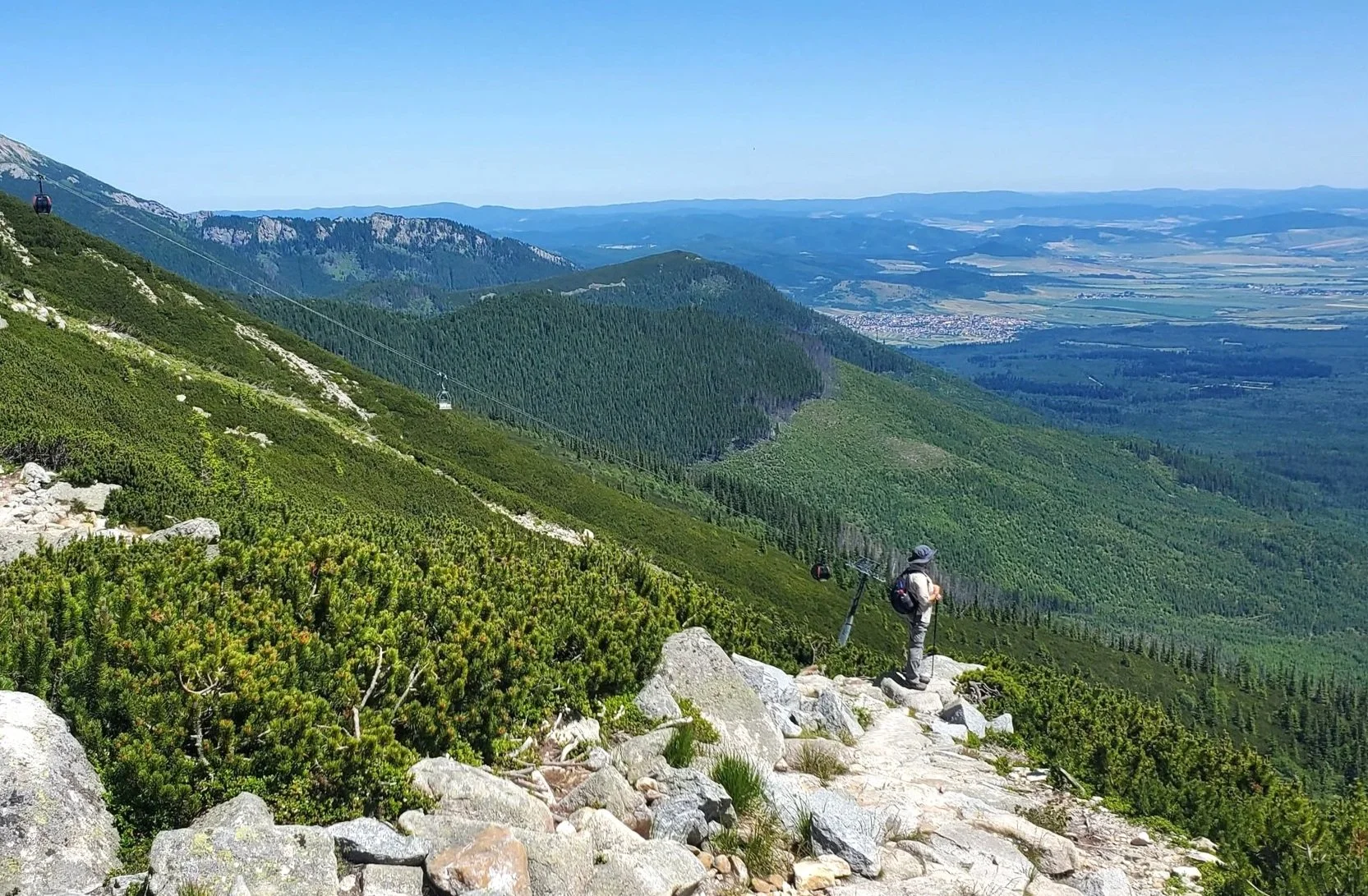Ten Things to do in Aruba & Curaçao
/Introduction
Aruba and Curaçao are two of the three islands traditionally referred to as ABC – Aruba, Bonaire and Curaçao, also known previously as the Dutch Antilles. They lie off the coast of Venezuela in the SW Caribbean and are very popular tourist get aways, particularly with Americans wanting to escape from winter.
The local language is Papiamento, which is a mixture of Spanish, Dutch, English, but English is commonly spoken.
Aruban scrub - cacti and acacias
Our preconceived notions of a Caribbean, tropical island, replete with coconut palms and lush, green plants was severely challenged by these two islands. The natural landscape is very dry, with cactus and acacia trees, which look like they belong in Africa, predominating. What however, did fit our image, was the impossibly blue water and white sand beaches of both islands.
We spent a few days on both Aruba and Curaçao, and while we can't say we experienced everything these interesting islands have to offer we did find plenty to occupy our time.
Here are Ten Things to do in Aruba and Curaçao
Aruba
1. Take a Ride on the Free Tram in Oranjestad
Oranjestad's free tram
Aruba's small capital of 29,000 people is Oranjestad. Every half an hour or so a free, old style vintage tram does a loop from the port and bus terminal up the main street (Nassaustraat) and back. Even though Oranjestad is easily walkable it can get hot so a ride on the tram while, admiring what remains of the Dutch colonial architecture is a pleasant diversion.
2. Visit the Aruba Archaeological Museum
aruba archaeological museum
This small, well organised museum in downtown Oranjestad gives a good history of the island, particularly of the pre-colonial Amerindian inhabitants which dates back to 4000BC. And, like the tram, it's free.
3. Relax on Eagle and Palm Beaches
eagle beach, aruba
These two beaches are considered two of the best in the Caribbean. Long stretches of white sand and clear blue water. You can pay for an umbrella and/or lounge chair on the beach, or you can just throw down your towel (for free).
4. Drink a Balachi.
eagle eyed beer officiandos will note that we are drinking presidentes (Dominican republic) not balachis, but we can assure you that the balachi drinking on the deck was very similar to this
Balachi is the local Aruban made beer. Very acceptable quality. As a visitor to the island it would be rude not to try one (or two...).
5. Try the Local Food Specialities
dutch colonial architecture, oranjestad
We wanted to get a taste of Aruban cuisine so went to a little restaurant close to our accommodation called Peanuts. We ordered the sampler platter, which turned out to be a good choice. It contained balachi di pixz (fish balls made from cod or salmon and lightly fried), keri keri (fish shredded), patechis (turnovers stuffed with meat or cheese), yucca, plantain, fungi (cornbread), shrimp in a creole sauce, and pan bati (a pancake of sorts). A good range of options and very filling. The shrimp creole was our favourite.
Curaçao
6. Wander UNESCO World Heritage Willemstad
willemstad
Curaçao's capital Willemstad has wonderfully preserved/restored Dutch colonial architecture. The buildings are painted in different bright colours which makes for great photo opportunities. The city has a number of pedestrian streets and is interesting and easy to walk around.
7. Check out the Queen Emma Floating Bridge
the queen emma bridge moving into place
This bridge is something of an engineering marvel. It sits on a series of floating pontoons and several times a day the whole structure swings across to the western side of the Sint Annabaai waterway to let through passing tankers and other craft. It's an impressive sight to watch. Ferries (free ones) operate when the bridge is 'parked' on the west side.
8. Visit the Kura Hulanda Museum
This museum provides a detailed history of slavery, not just in the Caribbean, but beyond. It is well researched with lots of artefacts. The museum is housed in a series of restored 19th century colonial buildings, which includes ex-slave quarters.
9. Spot the Flamingos
Yes, the ABCs all have flamingoes. A good flamingo viewing area can be accessed at Rif a few kilometres to the west of Willemstad. By flamingo standards these ones are very pink.
10. Beaches, Snorkelling and Relaxing
groot knip
Well, isn't this mainly why you came in the first place – for the beaches. The sand is snowblindingly white, and on a clear day, the water mesmerizingly blue and clear. There are too many great beaches to list here. We hired a car for a day on Curaçao and headed up to the NW corner of the island, to Westpunt. We visited several great beaches and really liked Cas Abou (though it costs $US9 entry) and Groot Knip (where we found excellent snorkelling).
caracas baai, SE COAST
A note on the snorkelling – a lot of the coral we saw was damaged or dead. There were patches of live coral, and we still saw plenty of fish and other sea life, but we were a bit surprised at the extent of the dead coral. Not sure of the reasons for this, and we only sampled a few places on the coast.
The ABCs are very windy, sitting as they do in the trade winds, so when selecting a beach protection from the wind is another factor to consider.
Conclusion
These are just a small sample of things to do in Aruba and Curaçao. Both have national parks to explore and Curaçao has a network of historic colonial houses (landhuis), just to mention two of the other possibilities. All three of the ABCs are renowned for their diving and many dive schools are on the islands.
We enjoyed our time on Aruba and Curaçao and were surprised at how different they were to what we had expected.
cally in amongst it in Curacao
Visiting in May, as we did, was outside of high season and we found prices for accommodation to be affordable (ie you can find accommodation for less than $US100/$AUS130 per night).
eagle beach, aruba
There was also reasonable public transport on both islands for getting between the major centres, so both can be included on itineraries for people looking to island hop through the Caribbean on a budget.
Ken
wharf near cabana beach, Curaçao













